How to design the ultimate home automation system
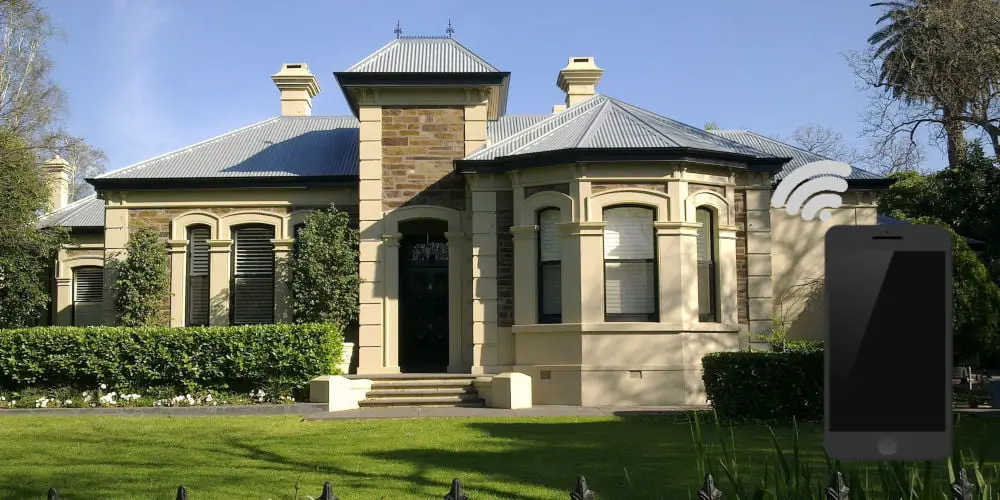
Imagine if your home could react to your lifestyle. Picture walking through the door after a long day at work and your home is warm, and the hall light was on. All of this and more is possible with a home automation system.
And before you think that building smart home systems are something out of an 80s sitcom or a futuristic idea, we have plenty of technology available today to help you control your life and home better.
In this introduction to home automation systems, we’ll explore a brief history of smart home technology and how they have evolved. You’ll also learn about the current market including brands, features and systems. Plus, we’ll shatter some myths along the way.
What is home automation?
Simply put, home automation is the ability to use technology to control key appliances around the home. Whether you’re able or disable, turning your house into a smart home is maximising efficiency and control. Many system connect to internet, allowing you to control them from anywhere with Wi-Fi.
A brief history of home automation systems
While we’ve been using washing machines, electric sewing machines since the early 1900s, the first general purpose home automation network technology, X10, was developed in 1975.
The X10 system uses standard electrical wiring for signalling and control. The signals also passes brief radio frequency bursts of digital data. This system still remains the most widely available and used.
In 1998, Zigbee was introduced and uses communication protocols to create small wireless personal area networks. As it’s a short range low powered system, it’s perfect for home automation.
As we moved into the new millennium we saw the rise of consumer-level home automation systems such as Z-Wave and Lightwave. Whereas professional systems like Control4 and Crestron also gained larger traction.

Wired vs Wireless vs Combination Systems
Home automation systems generally fall into two camps wired or wireless. However, some of the companies who offer wired system have started to build products that are wireless and can integrate with the system.
All systems work from a central brain, whether components talk to this through wireless signals or via cables.
So what’s the right smart home system for you?
This will depend on a number of factors.
Wired
Wired home automation system such as Control4 and Crestron need to be installed by a dealer. This is because you can buy direct and it does require a certain level of knowledge in order to programme the system.
There are lots of programmers who sell their abilities by the day. This means you can buy components off eBay and wire them up yourself and lower the overall cost. However, these people aren’t cheap and may want to change your handy work, which could mean more days work for them.
That said as wired systems are generally more expensive, they will add more value to large homes. They can also be more reliable, especially if you live in a house with thick walls as signals are transferred via cables.
Also as they provide a broader range of functions, future owners might be willing to pay more for the property.
Wireless
The beauty of wireless home automation systems like Z-Wave, Samsung SmartThings, and Lightwave is that they are mostly plug in and play. You could, at worst need to do a small amount of DIY.
Also, as wireless smart devices are mass market, you can purchase them more easily. Plus you don’t have any install expense or require any programming experience to get up and running. A good example of this is the Amazon Alexa or Siri.
A good starting point is to read our article on the best home automation system for DIY as this explains the major systems in plain English.
Combination
Most of the brands producing wired home automation systems have started to develop wireless products in order to capture more market share and make their system even more flexible.
Of course, even if you are introducing wireless elements into a wired system, you still have the cost of having the dealer install the system.
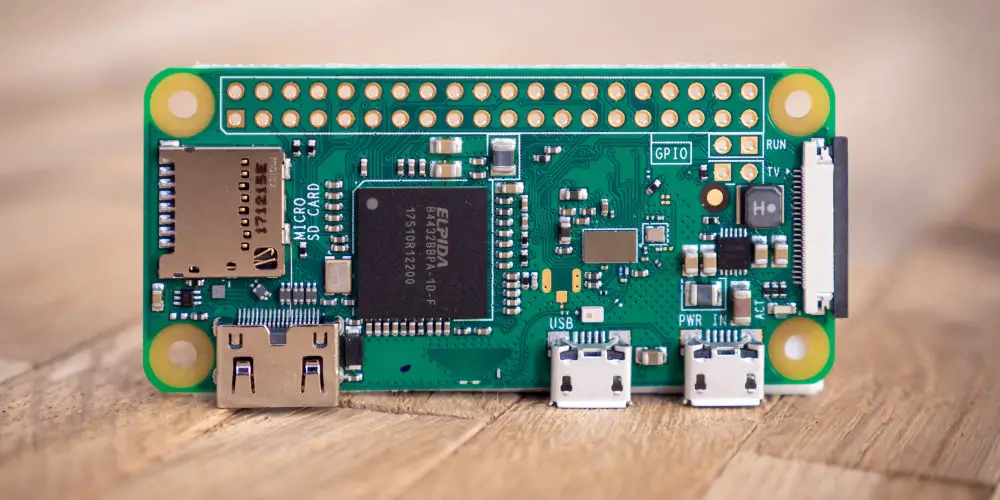
Common issues with home automation systems
The biggest single issue of building a smart home is the fact that most manufacturers run their own ecosystem, and thus it can be near impossible to integrate two different manufacturers into one coherent system.
While the Z-Wave protocol aims to solve this issue, it can only ever in part. Especially seen as the more expensive system manufacturers like Control4 and Creston won’t ever allow Z-Wave integration.
While this is frustrating, it is akin to the Apple vs Windows battle. Apple is still very much a closed system whereas Windows is open for others to build software for them.
Another issue is batteries. As many wireless products run off batteries, it could cause a few headaches when the system doesn’t perform as it should. Also if you live in an old cottage with walls as thick as your arm, then it’s likely you’ll have issues getting the system to work.
The biggest issue by far is that as the speed of technology has advanced, many devices have become out of date quickly including many home security items, making it harder to protect your smart home from hackers.
Not only does this leaves the homeowner vulnerable to having their home automation system hacked, but it also incurs more cost every year on top of an already expensive purchase.
A lot of manufacturers have shown an unwillingness to deal with these issues in an attempt to make the consumer buy the latest piece of kit rather than provide a patch or update.
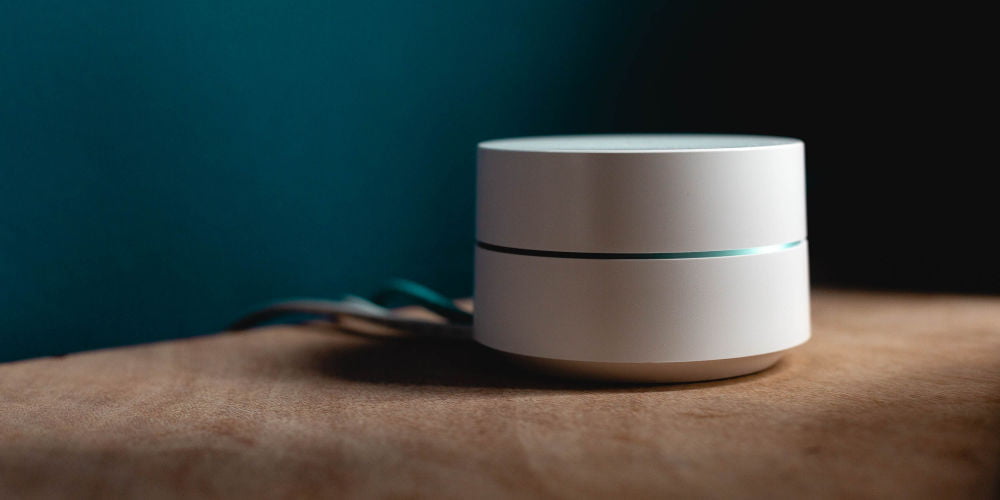
Features
Since the possibilities of a home automation system is quite endless, it would be a waste of your time for us to list everyone. So here are the major ones.
Blinds
Curtains and blinds are a pretty standard feature for high-end home automation systems. However, many DIY systems have products which can be used to control of these elements.
These are a useful security feature as well as being a time saver, especially if your house is a mansion!
Heating
From TRV valves to boiler switches and wireless thermostats, all of these are available. Complete heating control can knock quite a bit of the average heating bill as your home is only being heated at certain points and to exact temperatures.
Some systems work with sensors. And so enable further control by monitoring the room’s temperature and adjusting the heating to the pre-set levels. For example, open a window and the system stop heating that room.
Lights
Whether you want to be able to set scenes, power off quickly or stop having to reach behind furniture to switch lights on or off, being able to control lighting is probably the best feature of any home automation system.
The masters of lighting by a long stretch is Lutron, who focus on bringing the best lighting controls to the market.
Power
While some of the major systems don’t offer a lot in the way of power, most of the DIY systems do. For example, Lightwave offers both retrofit sockets as well as plug in and play sockets.
This feature is great for reducing the amount you spend on your electric bill while enabling to switch sockets wherever you are.
Audio/Visual
Many of the wireless systems don’t include any audio-visual component, meaning they lack in a key area. There are some exciting products in the Z-Wave world and, of course, Sonos.
However full integration is still reversed for now for the wired system. For example, with Control4, you can pause TV/movies/audio and then re-route from one device to another. Imagine watching TV while cooking only to pause it and continue watching from the lounge. Very cool!
Security
In the last decade, we have become more security conscious and as a result, many have added electric gates and security cameras around their property.
And while none of the wireless systems have added features into their core product offerings, many companies have launched compatible products.
Also, there are a few apps which have narrowed the divide between different brands and operating system. This is good news as you can run a whole range of function from a single app.
While Contol4, Crestron and other wired system include a range of security features, third-party companies are leading the way. You can now buy smoke machines, not the cheesy disco type. But ones which fill the property with a dense white fog which obscures vision and presents a confrontational barrier to any intruders.
Hopefully, all companies will continue to innovate around security and will create some interesting products in the next few years.
Other
As your imagination is the limit, it’s possible to use relays to control fountains and jets within a swimming pool. Or even use the home automation system to control the pool’s temperature.
In the future, someone is bound to automate bi-fold doors and offer smart glass that changes at the touch of a button. We’re still waiting for a fridge that can place the shopping list!
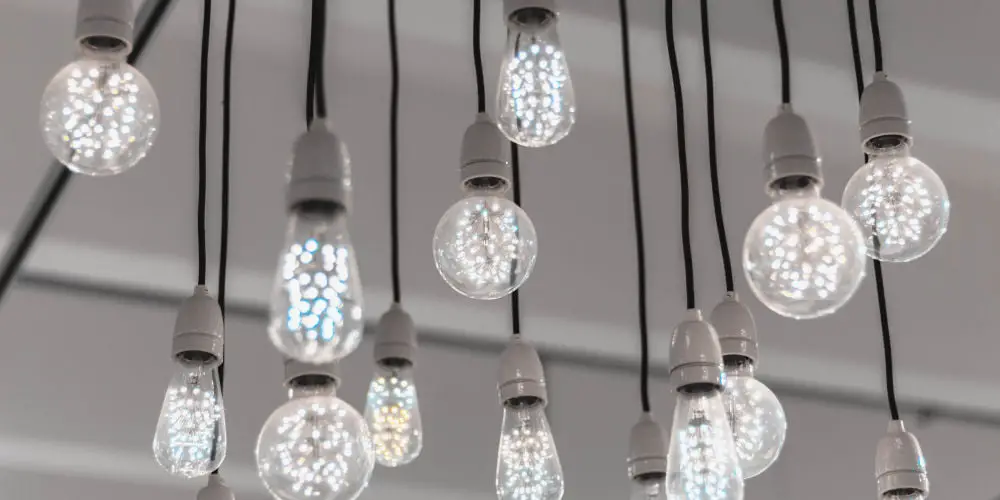
What will it cost to add home automation?
So that’s the basic functions explored, now on to the price. This is where it can get a little tough. As each home automation system is custom, trying to give a round figure is somewhat impossible. However, let’s give it a go!
Starting with one function, such as lighting via a wireless system. You could add control for under £500 using second-hand switches and brain.
Of course, developing a fully automated smart home with Z-Wave or Lightwave will cost up to low five figures. It’s not uncommon to spend over £10,000 in total in order to get all the functions you want.
However, we recommend starting small with one function and building from there. By following this approach, you reduce the risk of overspending or building a system you hate.
Also by starting with one function and adding another when you’re comfortable, you won’t be overwhelmed. Instead, you’ll gradually grow and adapt with the system.
As the wired home automation system has to be installed, part of the cost is labour and programming. The rest of the budget covers components. For example, the starting price of a Control4 system is around £50,000. With most paying over £100,000 for a complete system including labour, programming and parts.
That’s why we recommend you take the value of your property into consideration. You’re likely to see a greater uplift on a million pound property with a Control4 system than a Lightwave. That said, more and more buyers are looking for smart homes.
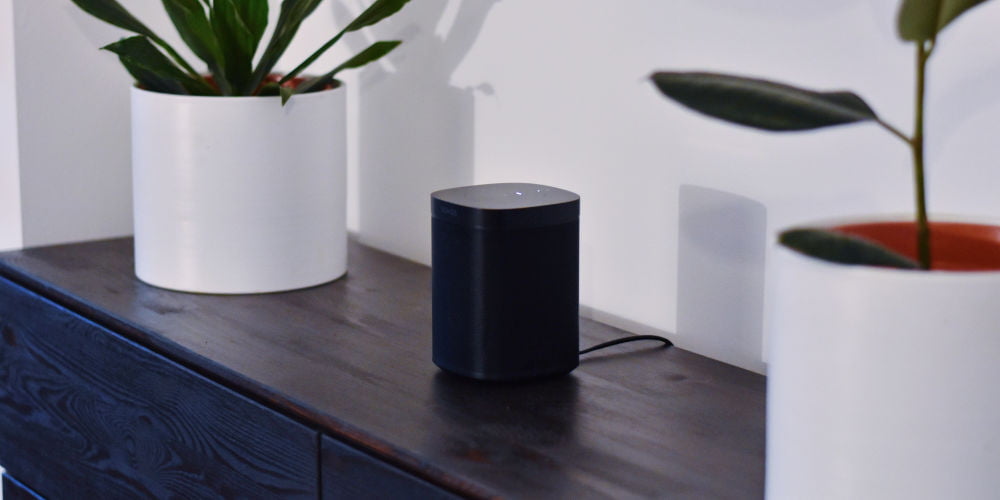
Start your home automation system small
Unless you have a six-figure sum burning a hole in your bank account, you’ll have to do a lot of research. Our top home automation tip is to start with getting a clear idea of what you want from your home automation system.
Do you want an all singing, all dancing system? Or are you only concerned about being able to control lights and blinds?
Having a clear idea enables you to quickly select the right home automation system for you.
Next, see if you can find someone with a smart home who can give you honest feedback and advice. Even if this is only online, any advice will help you.
Most dealers have excellence smart home showrooms which demonstrate the technology in action. You can usually have a look around and use this opportunity to road test a system. You probably can also get a quote for your property as well.
If you’re just getting started, then look at eBay. The website is a fantastic place to pick up and bargains and test the water.
When it comes to building your home automation system, start by reading as much as you can. Think about what’s important versus what’s nice to have. Try before buying. And make sure you stick to your budget!




